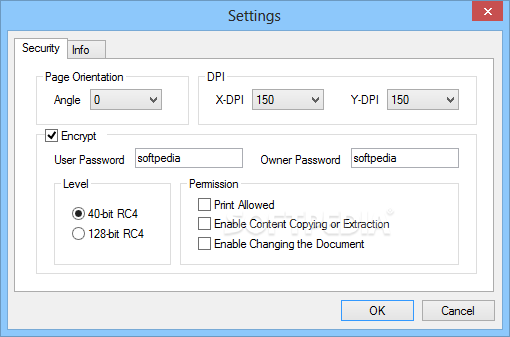
The bottom line is: img2pdf fits quite nicely my workflow and I can definitely recommend it. Eventually, the PDFs get combined with some other PDF files using pdftk. NET API and then calls the img2pdf CLI to produce multiple PDFs. I am leveraging a PowerShell script which downscales the TIFFs to JPEGs sing a. Occasionally, I need to automatically convert high-resolution TIFF files to individual PDF pages. losslessly and without recompression) embeds JPG images into a PDF. Img2pdf is a Python library with a command-line interface, which directly (i.e. Should I just drag & drop the files inside Acrobat Application ? Probably the problem here is given by my image viewer program that resample and rehandle in some ways the JPGs instead giving them directly inside Adobe Acrobat Distiller.

In the advanced settings dialog it seems be possible with the option: Save original JPEG images in PDF if possible The software must, however, run under Windows.ĮDIT: Aside the main question of a multi-platform software, I was trying to understand why Adobe Acrobat itself isn't able to do it. It would be nice to find a command line software available for all operating systems.

In case, which software can I use in order to do so? There's something out of there like ffmpeg for PDFs (my head go to ffmpeg -c:v copy option to copy streams into a different container) ? Perhaps a parser of postscript to call directly, rendering a folder of jpg files and many command-line options? If I select a JPG very high quality near ~100% in order to prevent additional generation loss the filesize of the output PDF will be huge.īecause the images stored in a PDF file are nothing more than JPG streams, isn't it possible to include original JPG files directly into a PDF container without recompressing them? This would be the best way to achieve NO LOSS and NO RECOMPRESSION!.If I select a JPG quality too poor the image look super crappy and compressing something compressed will lead to Generation Loss.This caused a re-compression of all images again in JPG with several drawbacks: I tried to do it with a simple image viewer by selecting all of them and printing in PDF. Modern printers just do the same incorporating a JPG "stream" encapsulated and shown one for each page. I want to join them in a single PDF file.

I have many documents scanned in past with a printer that did not have a direct "to PDF" option, so I have various folders called "Document1, Document2." Within each of the folders were many jpg like 001.jpg, 002.jpg, 003.jpg.


 0 kommentar(er)
0 kommentar(er)
